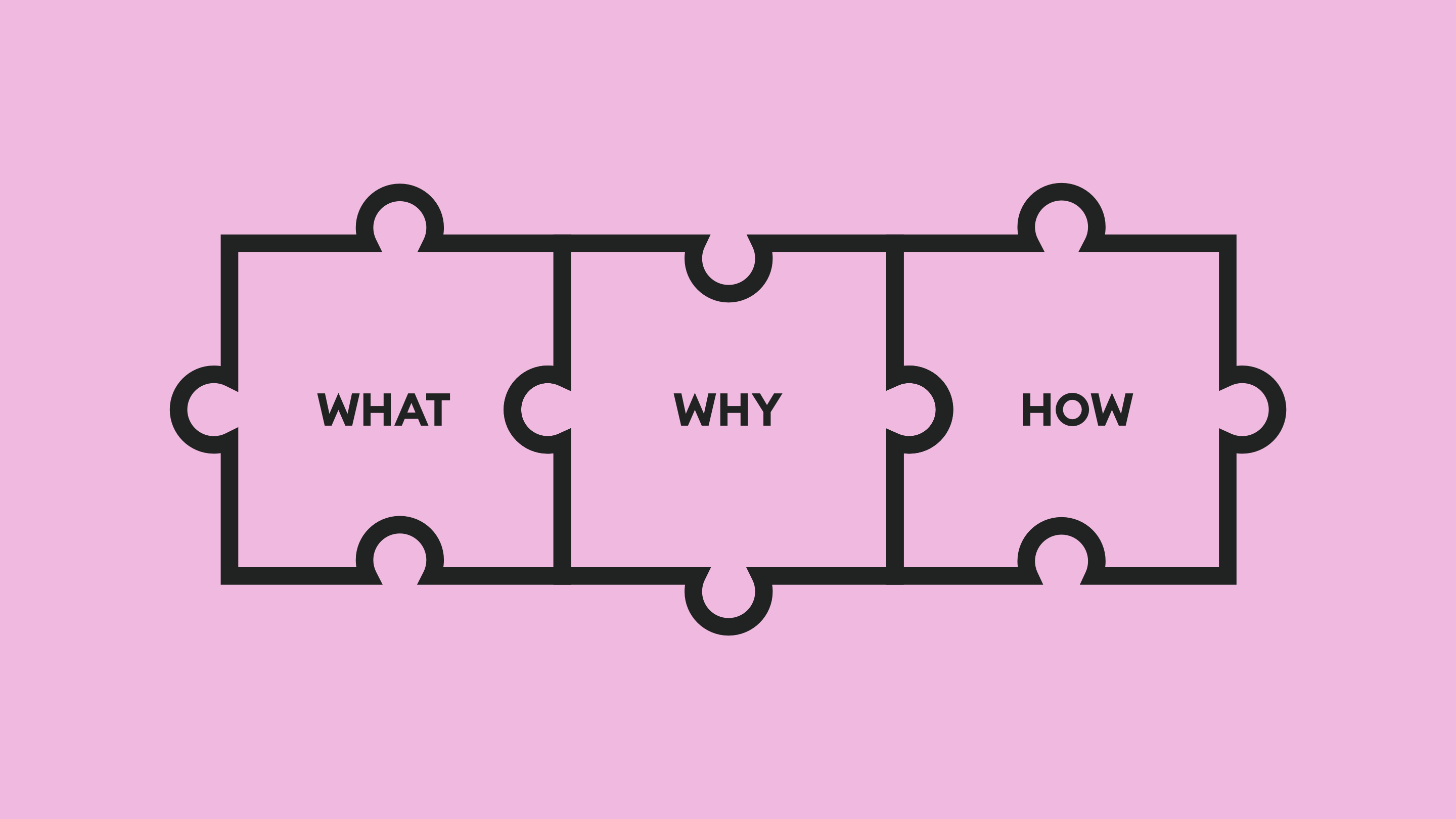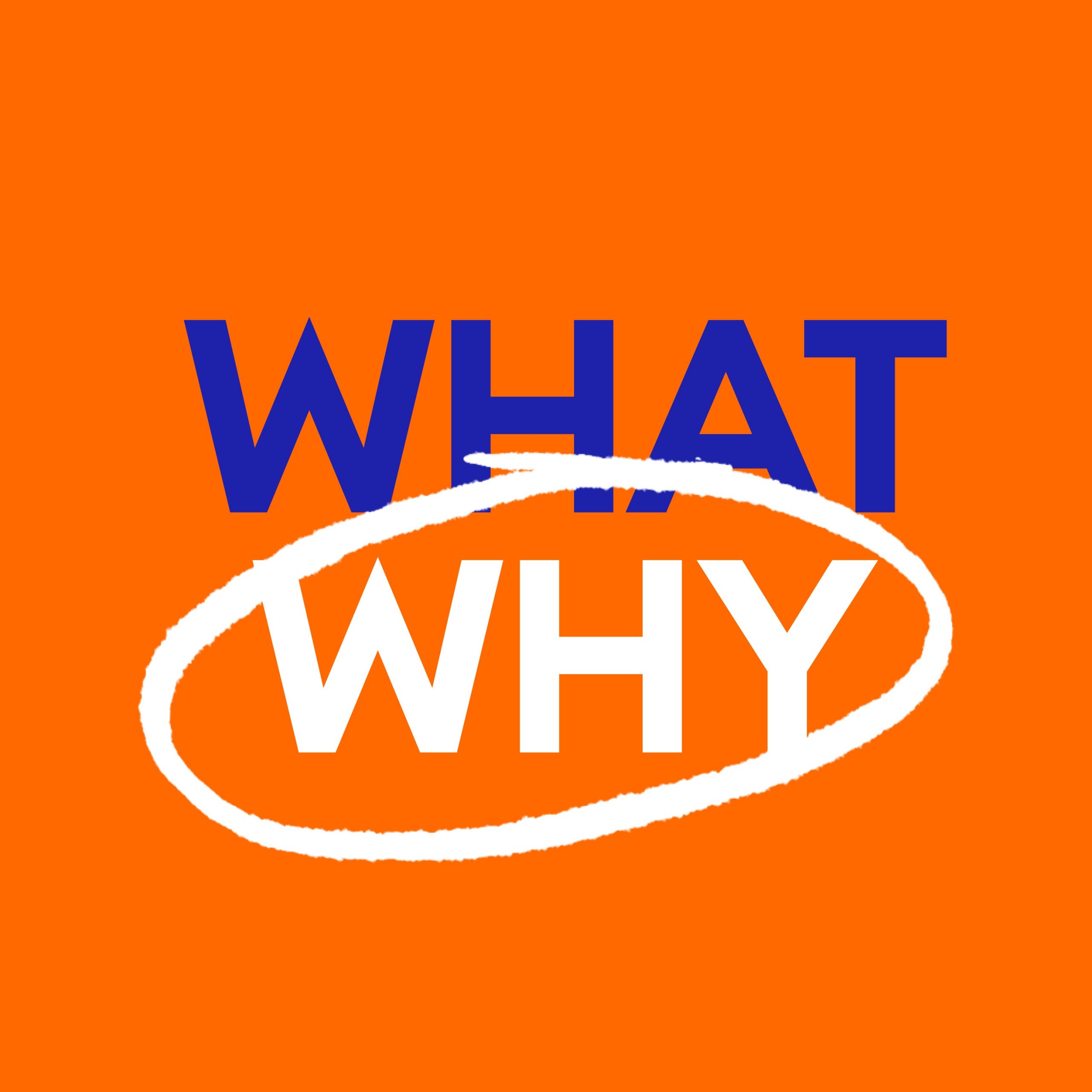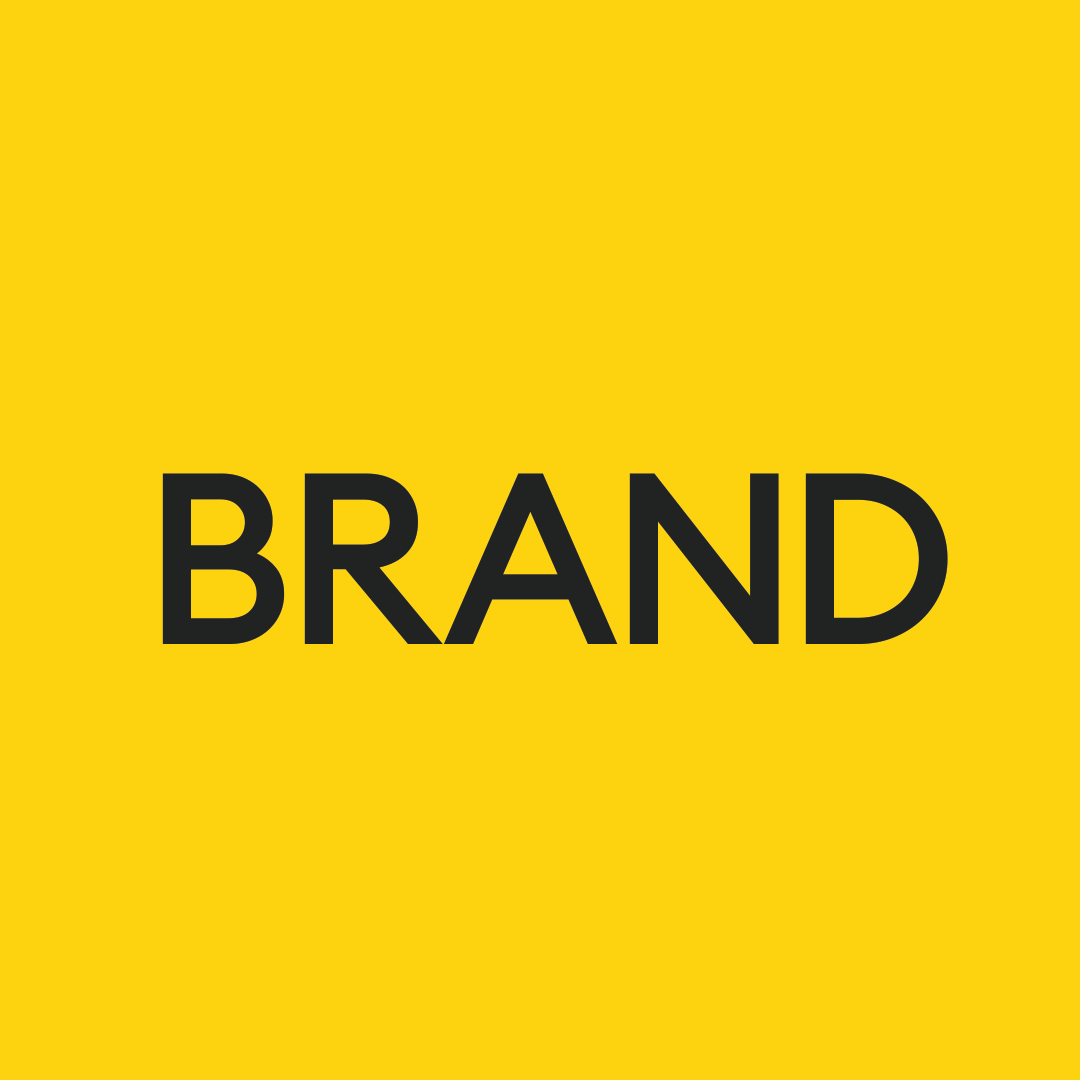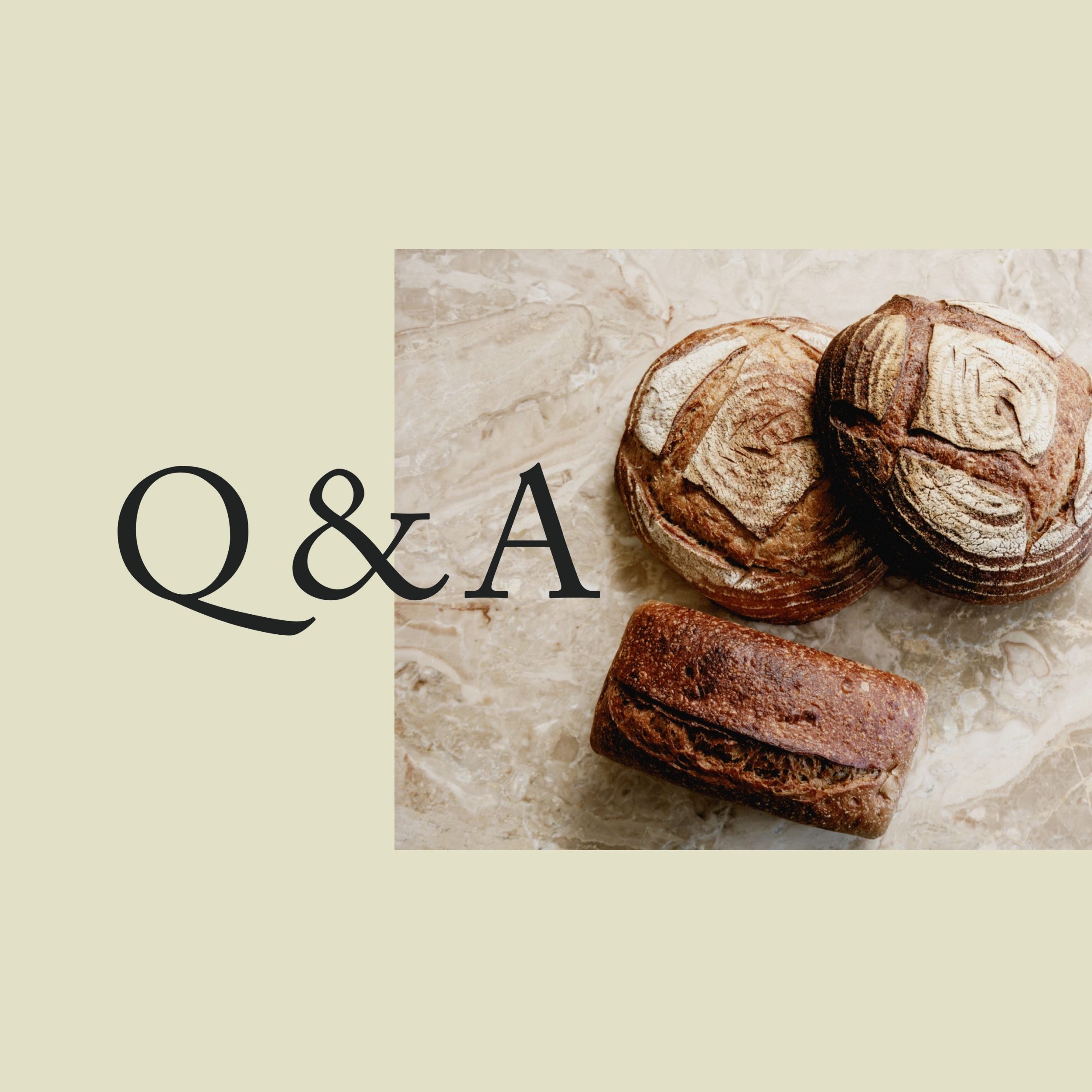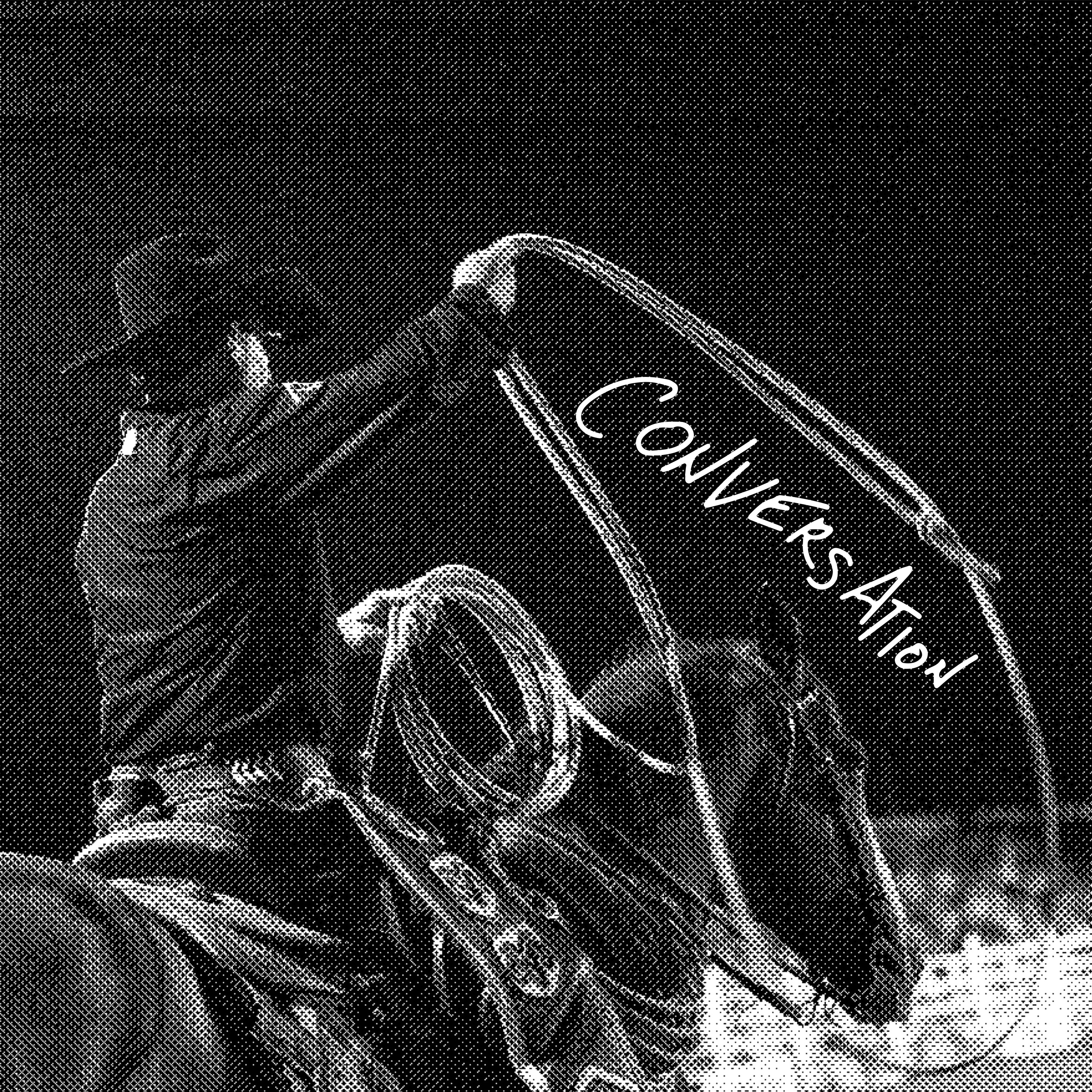I’m not a designer, but I craft brands. Roughly 70% of the time when I tell clients/friends/relatives what I do, this fact gives them pause. “But isn’t a brand a logo?” they’ll ask. Nope.
So really, what is a brand?
In a time crunch, I explain it like this: Every business is offering two things—a product and a brand.
- Your product is the thing or the service you’re selling—a university degree, a set of blueprints, a SaaS product, a pair of pants, or the opportunity to improve an impoverished community, for example.
- Your brand is the reason you do it and ultimately the way customers, clients or donors feel about you. A logo is often a natural visual representation of this, but the foundation of every good logo is a good story.
But let’s go a little deeper.
Your brand is your “Why”
If you haven’t yet listened to Simon Sinek’s hugely popular TED Talk “Start With Why”: 1) where have you been? and 2) now’s a good time to do it. In it Sinek explains that great leaders inspire action by pointing people towards a common “why”—rather than a “what” (your product or service) or a “how” (your process). A leader who knows their “why” can get people to do great things because it gives us a purpose. It connects with our limbic brains—the part of our brain responsible for feelings, like trust and loyalty.
The same goes for companies. If you know the reason you exist and are founded on a belief that’s bigger than yourself and your product, others latch on. It’s more than a product or a logo—there’s a narrative that we buy into.
Your brand is the sum of your values, your mission and your vision. Usually it can be best stated in a sentence that begins with “We believe…”—your best customers share this belief and want to be associated with it.
Brands are rooted in language
There’s no question that seeing a familiar logo conjures up all kinds of feelings.
Seeing an Apple logo makes me think of imagination and possibility—I know the experience is going to be clean, intuitive and perfectly tuned; and the service is going to be next level. That didn’t happen by accident. Apple, like most great brands, has intentionally created a brand by ensuring everyone is singing from the same hymnal. Whether you are reading apple.com, following instructions to set up your iPhone, or talking to a “Genius” at the Apple Store, the experience is consistent: simple, intuitive, and jargon-free. Not every brand experience is visual—a common language and shared story is the one thing to ensure each touchpoint holds true.
Think what you may about lululemon, they have this dialled. The minute someone is hired they are inducted via a crash course in the lulu language: customers are “guests”, salespeople are “educators”, stores are “showrooms”, the term “time integrity” means starting and ending meetings on time, to “get clear” on something means creating mutual alignment and understanding. It’s eye-roll inducing, yes, but it’s also very powerful. The result is a high performance culture and a very rich customer experience. All starting with words.
Brand = perception
The end result is a pervasive perception: how people generally think and feel about your company. Think of your brand as your personality—how people might talk about you after meeting you at a party for the first time. If we carry through that metaphor, it’s what makes someone go out of their way to get your number from the host afterwards.
If you capture someone’s imagination, curiosity, sense of excitement, ego, desire to fit in etc, they will take the step to Google you, to follow you, to seek out your pop-up shop.
Brand is the reason we spend twice as much on an Apple computer as a Dell. It’s the reason we tell all our friends about our new Casper mattress. It’s the reason we counted down (north of the border) until Everlane shipped to Canada.
It’s not necessarily that these products are better, it’s that something in us identifies with them. They make us feel something.
Why do you need a brand?
It’s hard to immediately measure the ROI on a brand—your customers can’t add your brand to their shopping cart—but there are quantifiable benefits.
1. Your product never becomes commodified
Someone can always replicate your product or service and sell it more affordably. They might even be able to improve the quality. But if you’ve fostered a culture of devotion around your brand, it doesn’t matter. People choose you because of their desire to be associated with the story you’ve created. It says something about them: “I’m hip”, “I value design”, “I care about the environment”, “I put people first” etc. A great product can certainly help you foster a loyal fanbase, but when another good product shows up at a better price, your story is what keeps customers coming to you.
2. You can pivot and evolve
You’ve spent years perfecting your product or getting your service dialled, but what happens when that product becomes obsolete or too limiting? Will your business fold? If you have a strong brand, your business can outlive a single product.
At South by Southwest (SXSW) last month, I heard a tech founder say it perfectly: “Love the problem, not your solution.” Build your business around a real market need, not one rigid product. This means when your product needs to evolve or is commodified, you have a foundation on which you can pivot—you’re not married to that one product, but to always finding better solutions to the problem.
The “problem” you want to solve is your “why”. If you’re an architecture firm that makes really great shopping centres, and all you ever talk about is the great shopping centres you build, then you will only ever build shopping centres. But if you talk about your desire to create delightful spaces where people come together and are excited to spend their free time, then you set yourself up to create all kinds of enchanting public spaces like libraries or theme parks.
3. It’s easier to find and keep employees
A strong brand means you never have to look for employees—they come to you. At another SXSW panel, Patagonia’s VP of Environmental Activism, Lisa Pike Sheehy, explained, “The number one reason people want to work at Patagonia is because we’re clear about our values and our mission.”
When employees know why you exist, they can unite around a common goal—they’re all operating by the same playbook. If they’re only connected to your “what” employees will show up for a paycheque, but once they latch on to your “why,” they’ll give their blood, sweat and tears to their work.
The very fact that Sheehy’s job title exists points to a company that has a clear “Why.” This clarity of brand allows Patagonia—originally a company that made climbing tools—to do crazy things like create world-class films, to give 100% of their Black Friday sales (not their profits, their sales!) to environmental organizations, or to create their own beer. We happily pay more for their products, they’ve evolved into one of America’s best environmental activists, and people are lining up to work there.
A strong brand rarely just materializes. It takes intention and planning, and a cohesive effort from leadership to educate and implement across the company. In a perfect world we’d all have time to build this foundation before we launch our businesses. But more often, we’re hustling to get a product to market or to deliver a service. Ten years go by and we’re wondering why it’s hard to get employee buy-in. Next time we’ll talk about how to integrate a brand across a company—whether you’re just getting off the ground, or 25 years in.



